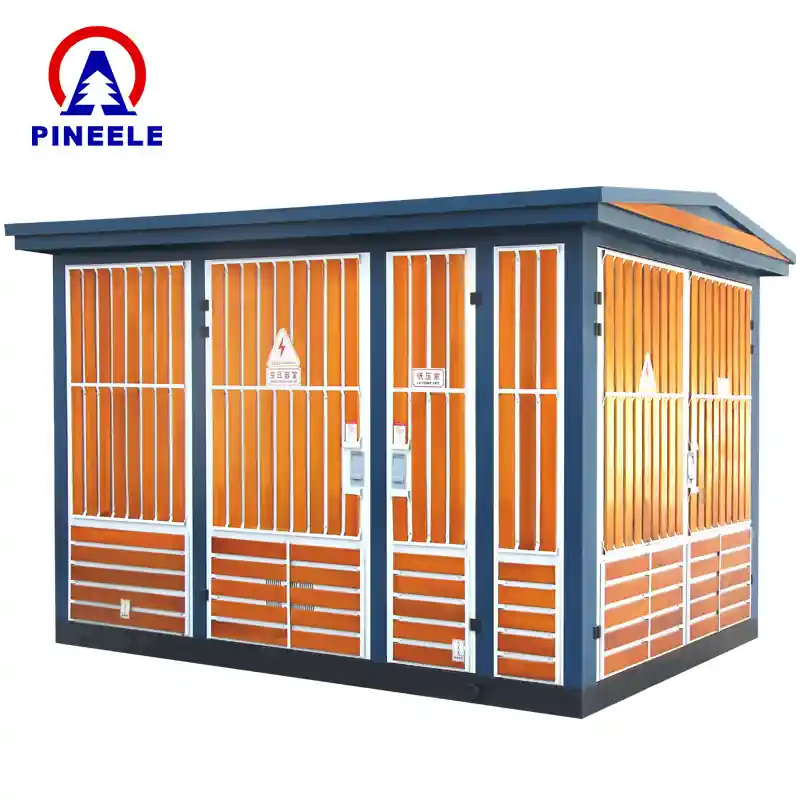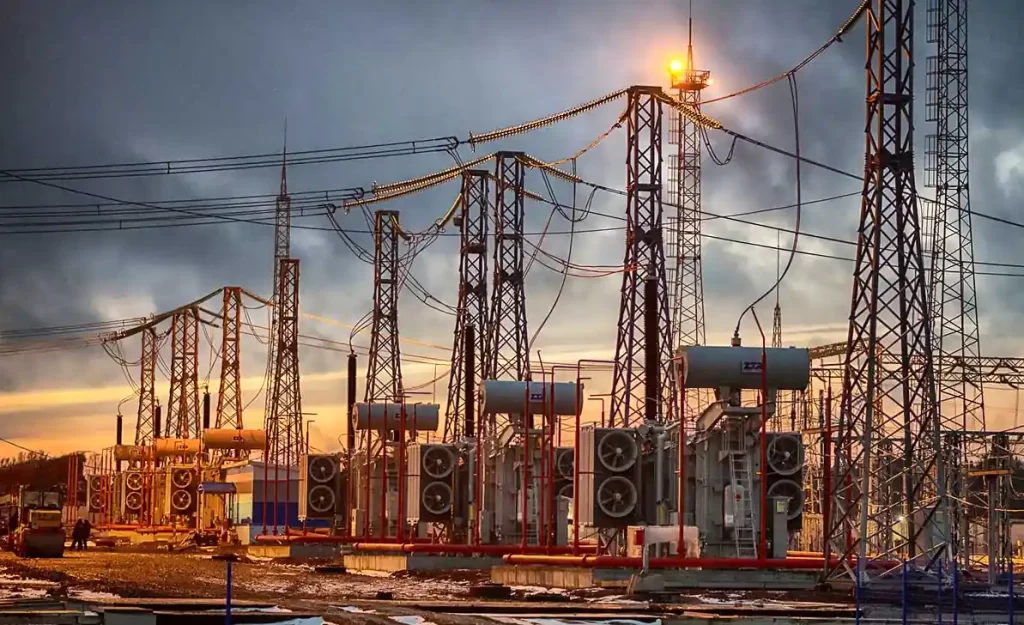- Introduction
- What Is a European Compact Substation?
- Key Characteristics:
- Applications of European Compact Substations
- Common Applications:
- Technical Specifications
- Advantages Over Other Substation Types
- Compact & Modular
- Enhanced Safety
- Long-Term Cost Efficiency
- Market Trends and Regulatory Context
- Buying Advice: How to Select the Right European Substation
- 1. Rated Capacity
- 2. Installation Environment
- 3. Cable Entry Preferences
- 4. Transformer Type
- 5. Customization Options
- FAQs About European Compact Substations
- Conclusion
Introduction
As power networks become more decentralized and demand for safer, space-efficient solutions grows, the European Compact Substation has emerged as a standard solution across urban and industrial environments. Designed in accordance with IEC standards, it combines high performance, safety, and compactness—ideal for space-constrained installations.
This article provides a comprehensive overview of European-style compact substations, covering their structure, key components, use cases, technical specifications, and why they are widely adopted across Europe and beyond.


What Is a European Compact Substation?
A European Compact Substation (also known as a prefabricated substation or package substation) is a factory-assembled unit that includes:
- A medium-voltage switchgear
- A distribution transformer
- A low-voltage switchboard
All components are enclosed within a single compact, weather-resistant housing that complies with IEC 62271-202 standards for prefabricated substations.

Key Characteristics:
- Fully enclosed steel or concrete housing
- Top or side cable entry
- Safe separation between compartments
- Indoor or outdoor installation flexibility
- High resistance to environmental factors
Applications of European Compact Substations
European substations are engineered for a wide range of low-to-medium voltage distribution needs and are suitable for public and private sectors alike.
Common Applications:
- Urban residential neighborhoods
- Commercial centers and business parks
- Renewable energy farms (solar and wind)
- Industrial and mining facilities
- Transportation infrastructure (rail, metro, airports)
Their compact footprint makes them particularly useful in dense city areas and underground installations where conventional substations are impractical.

Technical Specifications
Below is a general specification table for a standard European Compact Substation. Specifications may vary depending on the project and manufacturer.
| Parameter | Typical Value |
|---|---|
| Rated Voltage (MV) | 11kV / 20kV / 33kV |
| Rated Voltage (LV) | 400V / 690V |
| Transformer Capacity | 100 kVA to 2500 kVA |
| Insulation Type | Oil-immersed or Dry-type |
| Cooling Method | ONAN / AN |
| Short Circuit Withstand | Up to 25kA for 1s |
| Enclosure Protection Class | IP23 / IP44 / IP54 (customizable) |
| Applicable Standards | IEC 62271-202, IEC 60076, IEC 61439 |

Advantages Over Other Substation Types
When compared to American-style compact substations or traditional substation setups, European units offer several key advantages:
Compact & Modular
- Occupy less land area
- Easier to transport and install
- Modular design enables fast deployment
Enhanced Safety
- Internal partitions between MV, LV, and transformer compartments
- Designed for low-touch, automated operation
- Anti-condensation and arc-resistant design
Long-Term Cost Efficiency
- Reduced civil engineering costs
- Minimal maintenance
- High energy efficiency when combined with dry-type transformers

Market Trends and Regulatory Context
According to IEEMA and European Commission energy reports, the adoption of compact substations is increasing due to:
- Urban infrastructure upgrades
- Renewable energy integration
- Smart grid development
Manufacturers such as ABB, Schneider Electric, Siemens, and PINEELE have standardized production models to meet the evolving needs of European energy markets.
The implementation of IEC 62271-202 has further strengthened the safety, durability, and environmental standards for such equipment.
Reference: Wikipedia – Compact Substation, IEC Standards Overview
Buying Advice: How to Select the Right European Substation
If you’re planning a new energy distribution project, consider the following criteria when selecting a compact substation:
1. Rated Capacity
Ensure the transformer capacity meets your expected load demand, with some margin for future expansion.
2. Installation Environment
Choose appropriate IP protection for dusty, humid, or outdoor locations.
3. Cable Entry Preferences
Specify whether your system needs top-entry or bottom-entry cabling.
4. Transformer Type
Decide between oil-immersed (for outdoor durability) or dry-type (for indoor or eco-sensitive areas).
5. Customization Options
Consider additional features such as SCADA integration, energy meters, or automatic transfer switches.

FAQs About European Compact Substations
European substations are metal or concrete enclosed with side-access compartments. American styles typically use pad-mounted units with top-mounted transformers. European designs offer better internal separation and safety for high-density areas.
Yes. Their modular design and IP-rated enclosures make them ideal for solar PV farms, wind plants, and battery energy storage systems.
Absolutely. Modern substations can be fitted with smart relays, remote monitoring, and grid synchronization features to meet smart grid requirements.
Conclusion
The European Compact Substation is a reliable, standards-compliant, and efficient solution for modern power distribution. Whether you are building a new residential development or integrating a solar farm, this substation type offers unparalleled flexibility, safety, and operational value.
By choosing a trusted manufacturer like PINEELE, and ensuring your system is designed according to IEC standards, you can future-proof your electrical infrastructure with confidence.

